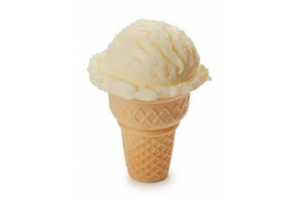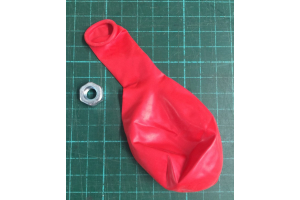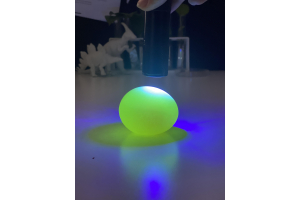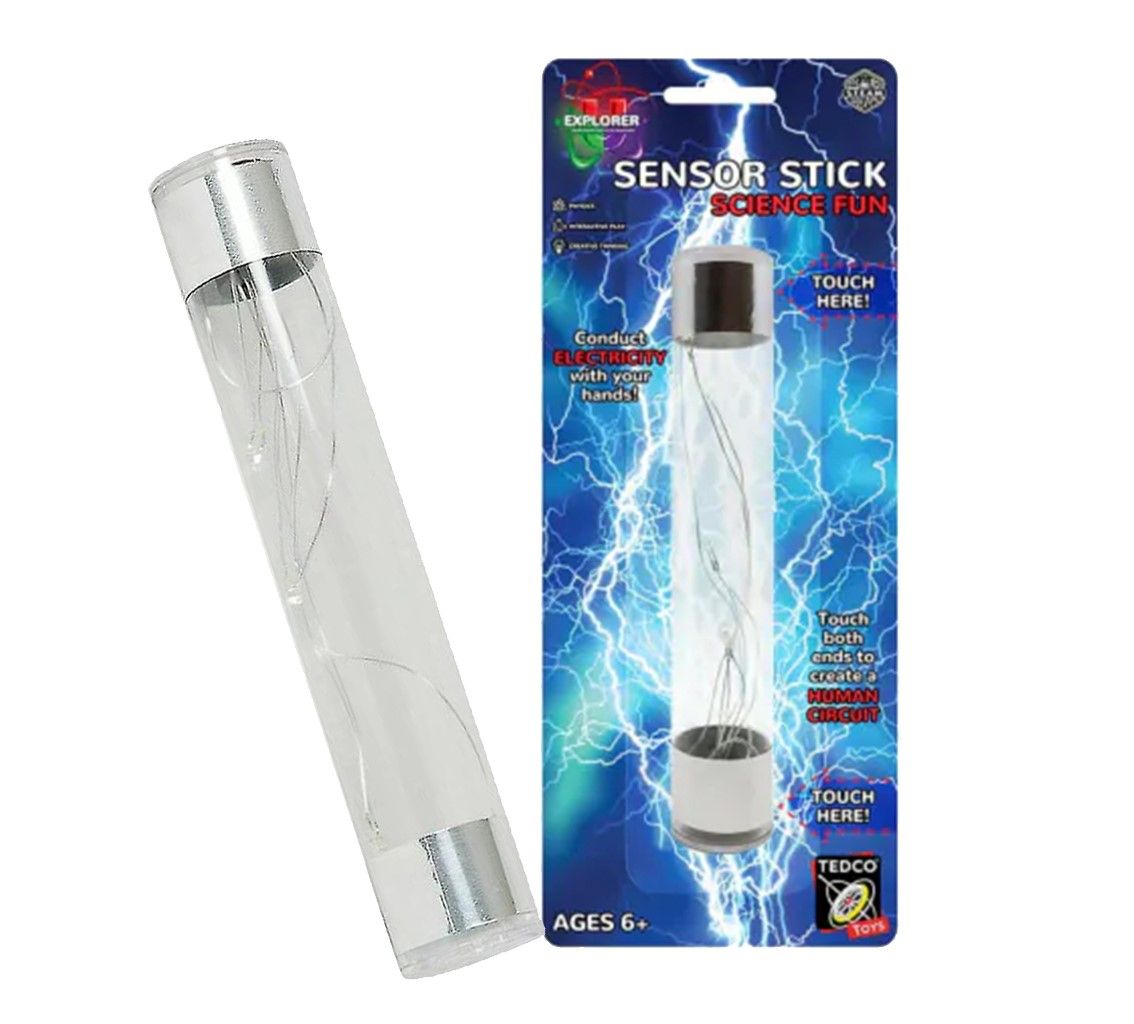Make A Gelatin Disc
Posted:
July 26, 2017
Categories:
Chemistry
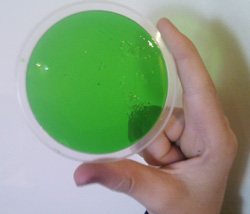
Make A Gelatin Disc
Best known for making jelly, gelatin is a fascinating substance that is used as a gelling agent not just in food, but in many other things. Heres how to make your very own gelatin product that can be used in further experiments or in some very cool artwork.

Suitable for kids aged 5 +
CAUTION This experiment requires the use of a small amount of hot water. This should be handled with care under the supervision of an adult.You Need:
- Small round mould (the underside of a jar lid works well)
- 3 x teaspoons of gelatin
- Cup or glass
- Spoon or icy pole stick
- Food dye
- 40mls of hot water
What to do:
- Squeeze a drop or two of coloured food dye into the hot water and mix with a spoon or icy pole stick.
- Place 3 teaspoons of gelatin in a cup or glass.
- Pour the coloured hot water into the cup with gelatin and mix gently with the icy pole stick or spoon.
- Before the gelatin-water mix cools down and starts to set, you need to pour the mixture into your mould. Pour a thin layer into the mould, trying to avoid bubbles and mess.
- Leave it to set. It will take a fairly short time for the gelatin to set like jelly (as soon as the mixture is cool), but will take 3 to 5 days to dry out completely and become a hard gelatin disc.
- Once it is hard and dry, remove the gelatin disc from the mould.
- You can continue to experiment with your gelatin disc. Try making 4 or so discs and placing them in various locations for a couple of weeks (freezer, bathroom or other humid environment, bury underground, hot dry spot). Or you may like to use your discs in some very cool art work mobiles, or as coloured film in some homemade binoculars/glasses.
Why is it so?
Gelatin is a colourless, flavourless solid substance derived from the collagen inside animals skin and bones. Commonly used as a gelling agent in food, it also has lots of other uses. Gelatin is found in nearly all photographic films and papers, it makes up the shells of pharmaceutical capsules to make them easier to swallow, and believe it or not, even synchronized swimmers use gelatin to hold their hair in place during their routines because it will not dissolve in cold water. The gelatin discs in this experiment should grow mould on them when placed for any length of time in a humid environment like a bathroom. They grow mould because gelatin is biodegradable and will rot away in soil becoming food for plants and mini beasts. The biodegradable properties of gelatin are useful to explore during a sustainability and environmental unit.

